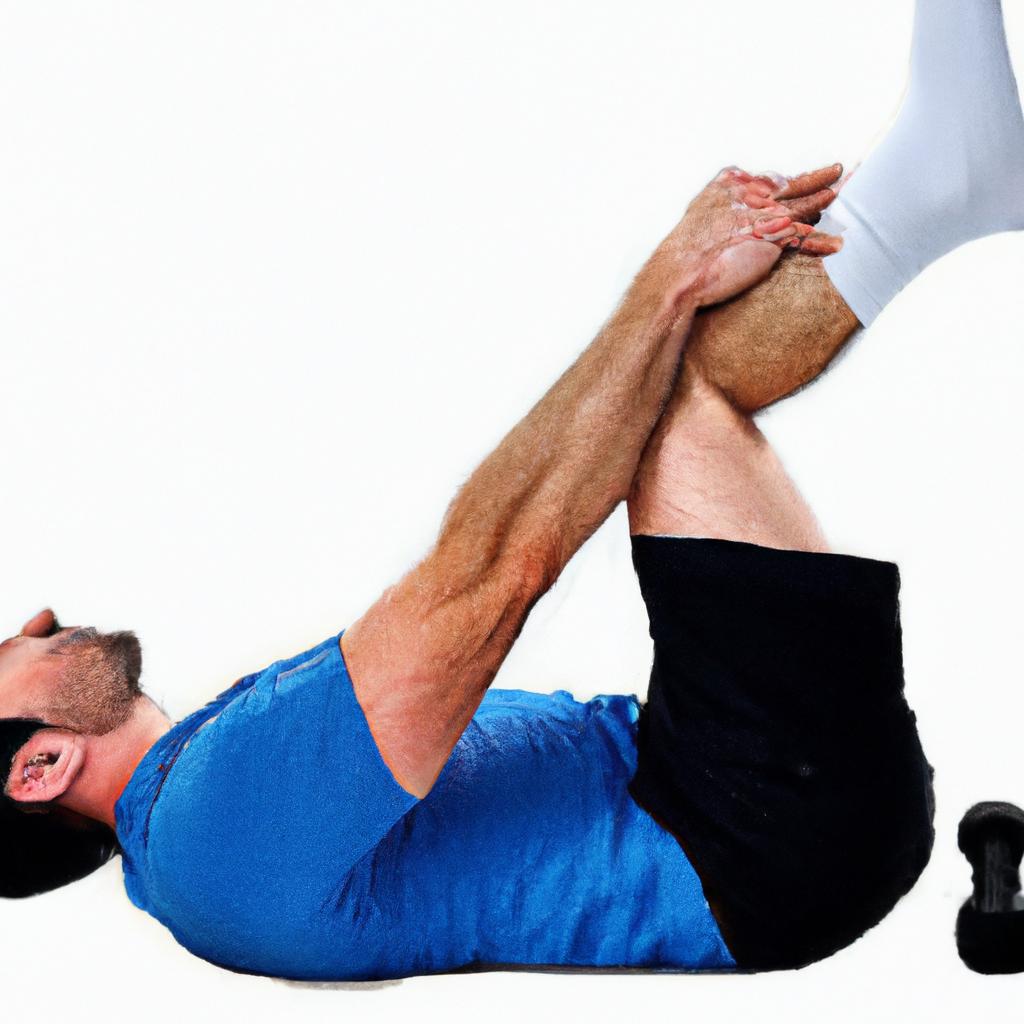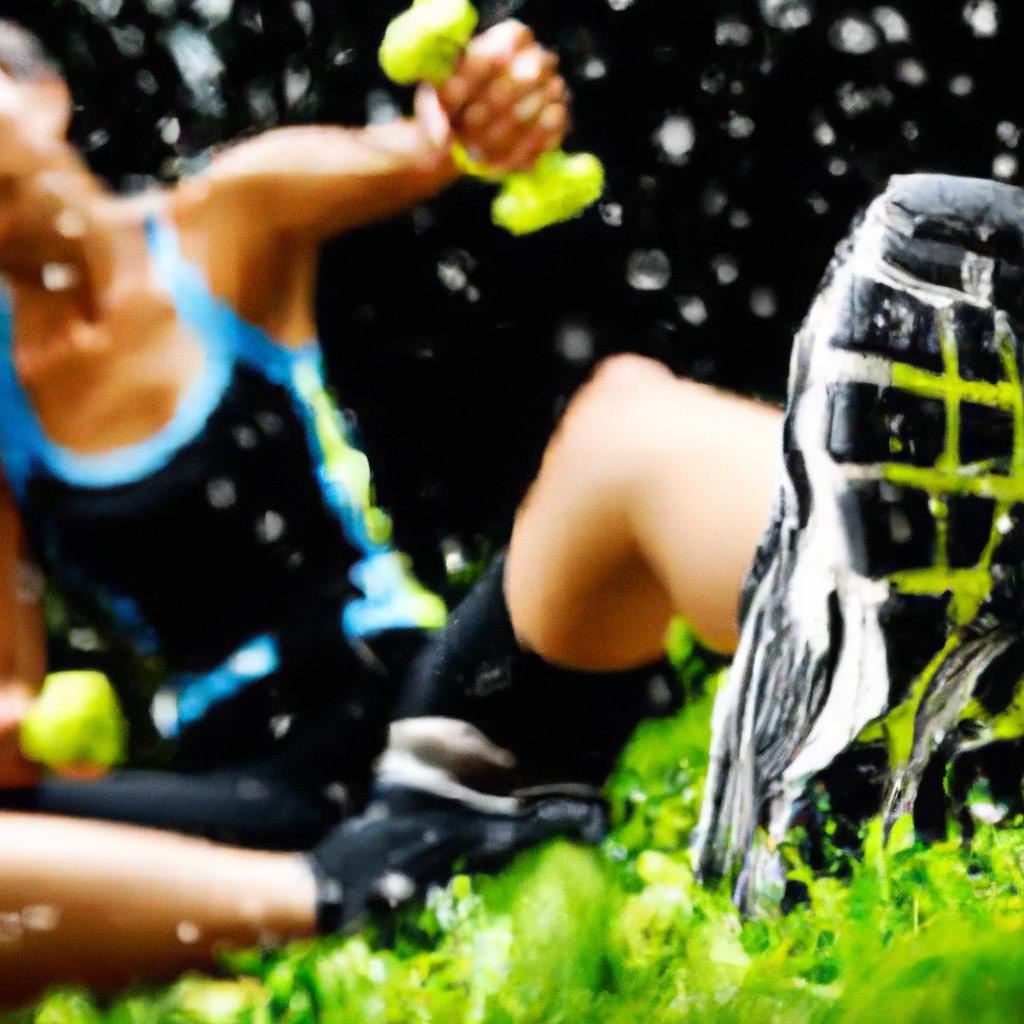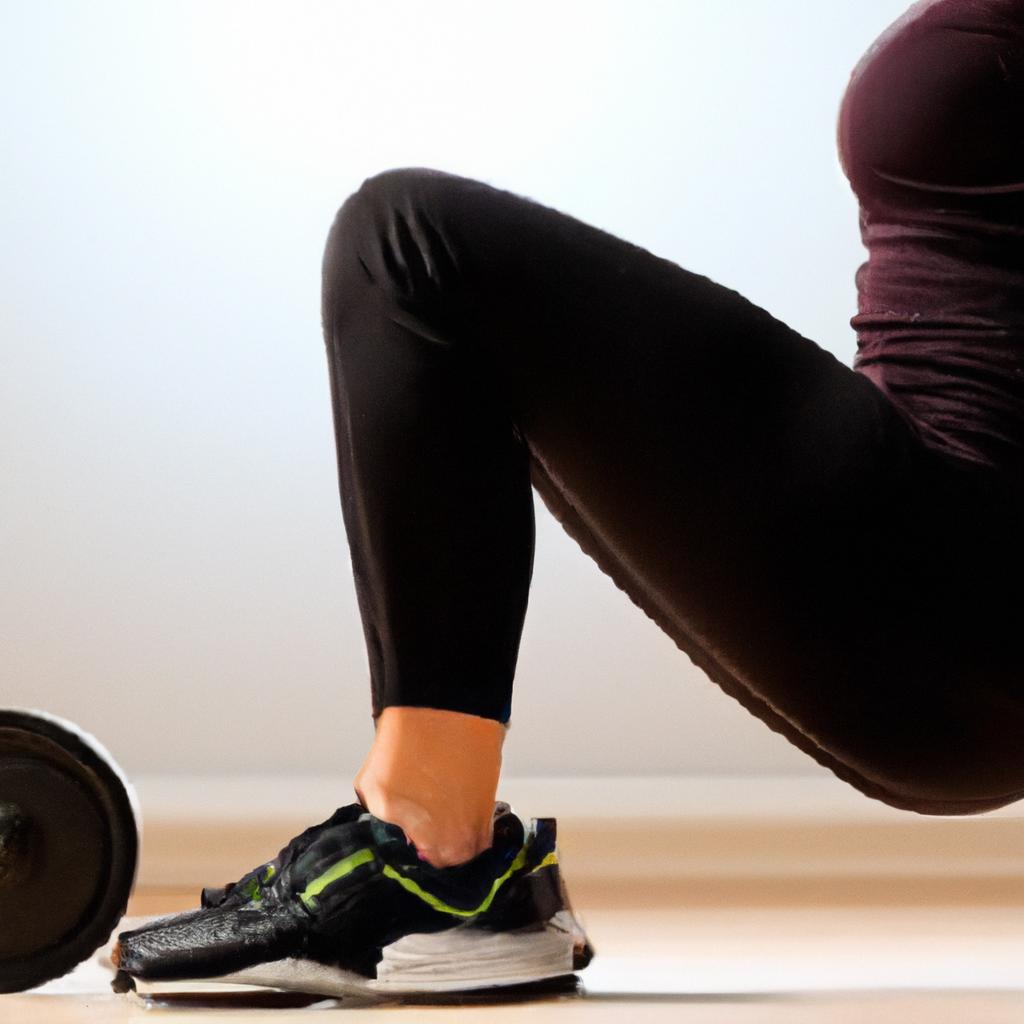Unleashing Power: The Best Lower Body Strength Exercises for Men
When it comes to building a robust and well-rounded physique, the lower body often takes center stage.After all, yoru legs are not just a means of transportation; they are the powerful foundation upon which every other movement is built. Whether you’re an avid gym-goer or a newcomer eager to embark on a fitness journey, incorporating effective lower body strength exercises into your routine is essential. In this article, we will explore the best lower body strength exercises specifically tailored for men, offering a blend of conventional movements and innovative techniques to help bolster your strength, enhance your athletic performance, and sculpt those muscles. Get ready to discover exercises that will not only transform your legs but also elevate your overall fitness game!
Table of Contents
- Unleashing Power: Essential Lower Body Exercises for Men
- Building a Solid Foundation: Targeting Key Muscle Groups
- Form and Technique: Mastering Your Lower Body Workouts
- Incorporating Variation: Elevating Your Fitness routine with Different Approaches
- Q&A
- Future Outlook
Unleashing Power: Essential Lower Body Exercises for Men
Building a powerful lower body is essential for enhancing overall strength, stability, and athletic performance. Effective lower body workouts can focus on major muscle groups, including the quadriceps, hamstrings, glutes, and calves. Here are some must-try exercises that can definitely help you unleash your full potential:
- Squats – A foundational movement that targets the thighs, hips, and buttocks.Varying types of squats—like goblet squats and barbell squats—can yield different benefits.
- Deadlifts – Not just for back strength, deadlifts engage your hamstrings, glutes, and lower back. Conventional, sumo, and Romanian deadlifts can each provide unique advantages.
- Lunges – These can be performed in various directions: forwards, backwards, and sideways. Lunges not only build strength but also improve balance and coordination.
Incorporating isolation exercises can further enhance your program. Strengthening specific muscle groups will improve overall performance and can help prevent injuries. Consider adding:
- Leg Press – This machine targets the quadriceps and glutes in a controlled manner.
- Calf Raises – Essential for developing calf muscles, they can be done standing or seated to hit different parts of the calf.
- Leg Curls and Extensions - These help isolate the hamstrings and quadriceps,respectively,allowing for targeted strength gain.
For an effective lower body workout plan, aim to integrate a variety of movements that challenge your muscles, ensuring balance and symmetry.Here’s a simple workout table to guide your routine:
| Exercise | Sets | Reps |
|---|---|---|
| Squats | 3 | 10-12 |
| Deadlifts | 3 | 8-10 |
| Lunges | 3 | 12-15 (each leg) |
| Calf Raises | 4 | 15-20 |
Building a Solid Foundation: Targeting Key muscle Groups
To develop a powerhouse lower body, it’s crucial to focus on the key muscle groups that form the foundation of strength and athleticism. Targeting these areas not only enhances overall performance but also supports daily functions and prevents injuries. The primary muscle groups to emphasize include:
- Quadriceps: located at the front of the thigh, essential for leg extension.
- Hamstrings: Situated at the back of the thigh, important for flexion and stability.
- Glutes: The powerhouse of lower body strength, critical for hip movement.
- Calves: Key for ankle mobility and stability during dynamic movements.
Incorporating a variety of exercises into your routine ensures balanced development across these muscle groups.Compound movements such as squats, deadlifts, and lunges engage multiple muscles, maximizing strength gains while promoting functional movement patterns. Consider implementing these exercises into your training regimen:
- squats (Barbell or Bodyweight)
- Deadlifts (Conventional or sumo)
- Lunges (Forward,Reverse,or Bulgarian)
- Leg press
It’s vital to progressively overload these exercises to stimulate muscle growth. A simple method to accomplish this is through a structured weekly training plan that emphasizes different rep ranges, allowing your muscles to adapt and grow stronger. Below is an example of a training week focusing on lower body strength:
| Day | Exercise | Sets | Reps |
|---|---|---|---|
| monday | Squats | 4 | 8-10 |
| Wednesday | Deadlifts | 3 | 6-8 |
| Friday | Lunges | 3 | 10-12 |
Form and Technique: Mastering your Lower Body Workouts
When it comes to lower body workouts,understanding the importance of form and technique cannot be overstated. Proper alignment and movement patterns not only maximize the effectiveness of your exercises but also significantly reduce the risk of injury. As you embark on your strength training journey, remember to focus on:
- Core stability: engage your core to maintain balance and support your spine throughout the movement.
- Full Range of Motion: Prioritize deep squats and lunges to engage all muscle fibers and enhance muscular development.
- Mind-Muscle Connection: Concentrate on the muscles you’re targeting; visualizing their contraction can improve activation.
here’s a fast comparison of some essential lower body exercises that highlight the importance of specific techniques:
| Exercise | Technique Focus | Benefits |
|---|---|---|
| Squats | Weight in heels, chest up | Builds quads, hamstrings, glutes |
| Deadlifts | Straight back, hinge at hips | Strengthens posterior chain |
| Lunges | Knees behind toes, upright torso | Enhances balance, coordination |
Incorporating exercises like leg presses or calf raises into your routine can further improve your lower body strength, provided that you maintain proper form throughout. Regularly reassess your techniques and consider recording yourself to identify any adjustments needed. Remember, mastery in your lower body workouts comes from consistent practice and a commitment to effective execution.
Incorporating Variation: Elevating Your Fitness Routine with different Approaches
In the pursuit of strength, it is crucial to incorporate variety into your training regimen. By regularly varying your exercises, you challenge your muscles in new ways, prevent plateaus, and keep motivation high. For lower body strength, consider alternating between compound and isolated movements to engage multiple muscle groups effectively. You’ll benefit from profound growth and enhanced functional strength that translates to everyday movements.
To further elevate your routine, try introducing different training modalities. You can blend traditional weightlifting with bodyweight exercises, resistance bands, and plyometrics. For example, integrate exercises such as:
- weighted Squats
- Single-Leg Deadlifts
- Box Jumps
- Walking Lunges
Each of these approaches will challenge your muscles differently and promote balanced muscle development.
Another effective strategy is to manipulate your training variables such as tempo, rest periods, and the number of repetitions.This can keep your muscles guessing and promote continuous growth. Here’s a simple overview of how varying these elements can impact your workout:
| Variable | Effect |
|---|---|
| Tempo | Increases time under tension and muscle fatigue |
| Rest Period | Modifies muscle recovery and endurance |
| Repetitions | Affects muscle hypertrophy versus strength gains |
By creatively adjusting these aspects within your routine, you can ensure sustained progress in your lower body strength journey while keeping your workouts engaging.
Q&A
Q&A: Best Lower Body Strength Exercises for Men
Q1: Why is focusing on lower body strength important for men?
A1: Lower body strength is crucial for overall athletic performance, daily functional movement, and injury prevention. Strong legs and glutes support better balance and stability, enhancing activities in sports and everyday situations, from running to lifting heavy objects.
Q2: What are some of the top exercises for building lower body strength?
A2: Some of the best lower body strength exercises for men include squats, deadlifts, lunges, leg presses, and step-ups. These movements target major muscle groups such as quadriceps, hamstrings, glutes, and calves, helping to create a balanced and powerful lower body.
Q3: Can you describe the proper form for squats?
A3: Absolutely! To perform a squat:
- Stand with your feet shoulder-width apart and toes slightly pointed outward.
- engage your core and keep your chest up.
- Lower your body by bending your knees and pushing your hips back, as if sitting into a chair.
- Go down until your thighs are parallel to the ground, ensuring your knees stay behind your toes.
- Push through your heels to return to the starting position. remember to keep your weight distributed evenly throughout the movement.
Q4: Are there any common mistakes to avoid when performing deadlifts?
A4: Yes,a few common mistakes include rounding your back,which can lead to injury,or allowing the barbell to drift away from your body. Always maintain a neutral spine, keep the bar close to your legs, and focus on engaging your glutes and hamstrings during the lift.
Q5: How many sets and repetitions are recommended for these exercises?
A5: For building strength, aim for 3 to 5 sets of 6 to 12 repetitions, depending on your fitness level. If your goal is endurance or muscle-building, you may choose to increase reps to 12 to 15 while adjusting the weight accordingly.
Q6: Can lower body exercises help with weight loss?
A6: Definitely! Lower body exercises are compound movements that engage multiple muscle groups, leading to higher calorie burn. When combined with a balanced diet and proper cardio, they can be an effective part of a weight loss strategy.
Q7: How often should one train their lower body for optimal results?
A7: For optimal results, aim to train your lower body 2 to 3 times per week. This frequency allows adequate recovery while providing enough stimulus for muscle growth and strength gains.
Q8: Should men include flexibility and mobility work with their strength training?
A8: Yes, incorporating flexibility and mobility work is essential. It promotes better range of motion in exercises, reduces the risk of injuries, and enhances overall athletic performance. Consider adding stretching and dynamic warm-ups to your routine.
Q9: Can beginners safely start with these lower body exercises?
A9: Absolutely! Beginners should focus on mastering their form with bodyweight exercises (like bodyweight squats or lunges) before adding weights.It’s important to progress gradually and listen to your body to avoid overexertion.
Q10: What’s a good way to track progress in lower body strength training?
A10: Tracking progress can be done through various means such as noting the weights lifted, measuring body composition changes, or keeping a workout journal with notes on reps and sets completed. Consistent monitoring will help you see improvements over time and stay motivated on your strength-building journey.
Future Outlook
As we wrap up our exploration of the best lower body strength exercises for men,it’s clear that a strong lower body is foundational not just for athletic pursuits,but for everyday life. Whether you’re looking to increase your power on the field, improve your performance in the gym, or simply enhance your overall stability and mobility, the exercises highlighted in this article are your ticket to achieving those goals.
Remember, consistency is key—make these exercises a staple in your workout routine, and in time, you’ll notice critically important improvements in strength, endurance, and overall fitness. So, lace up those shoes and embrace the journey towards stronger legs. Empower yourself with every squat, lunge, and deadlift, and watch how they translate into every aspect of your life. Let your lower body strength serve as a foundation for all your future endeavors, and step confidently into the challenges that lie ahead. Happy training!





